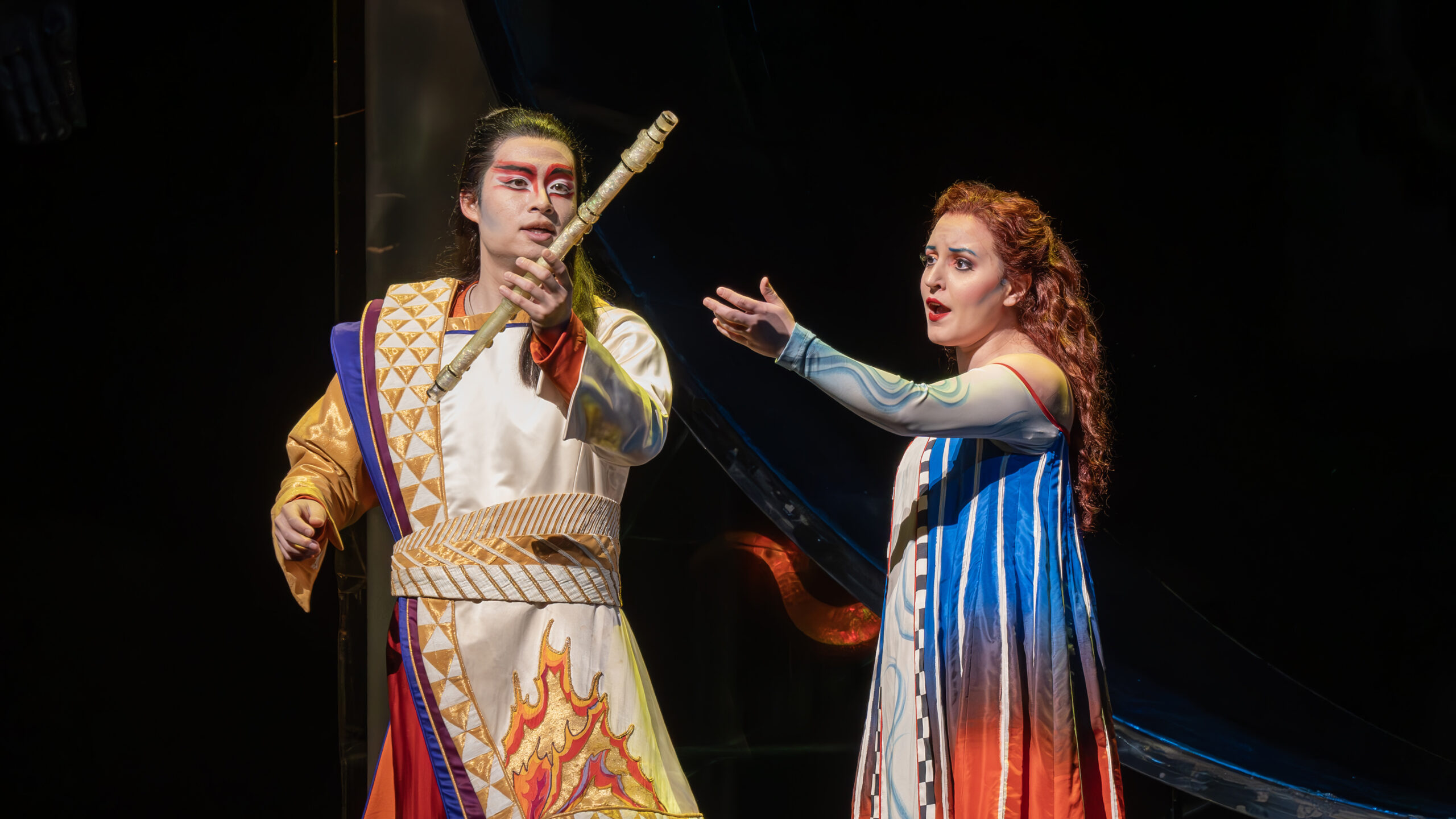
As the raucous climate-change protest that twice interrupted Thursday’s Met season premiere of Richard Wagner’s Tannhäuser has been extensively documented elsewhere in both words and videos, I’ll simply add a grateful salute to all the Met personnel involved. Unforeseen circumstances might have seriously derailed the evening, but the second half of Tannhäuser’s act two turned out to be even stronger than its first.
While I’m not usually one for conspiracy theories, here’s my hunch about how this revival came about. My hypothesis is that Peter Gelb hoped to replace the company’s venerable Otto Schenk production with a new one, just like he had intended to switch out Stefan Herheim’s Die Meistersinger von Nürnberg for Schenk’s. But with money tight and conservative voices reigning, instead during the fall of 2020, we got yet another Schenk Meistersinger revival with the deluxe crew hired for the canceled Herheim—Sir Antonio Pappano leading Lise Davidsen, Klaus Florian Vogt, Michael Volle, Johannes Martin Kränzle and Georg Zeppenfeld.
This season’s not-new Tannhäuser welcomed Andreas Schager back for the title role in his first appearance with the company since his acclaimed debut as Siegfried in the 2019 Ring. I’m thinking Davidsen was supposed to be his Elisabeth but after Anna Netrebko got booted from the new La Forza del Destino, she was shifted to Leonora and Elza van den Heever became Elisabeth. Ekaterina Gubanova, Bayreuth’s latest Venus, Christian Gerhaher and Günther Groissböck then completed the cast. But Groissböck announced a while back he was dropping out of Tannhäuser (and La Bohème), so the call went out to Zeppenfeld. Of course, this scenario could just be my fever-dream; in any case we probably got as good a Tannhäuser cast as could be assembled these days.
But they arrived in the Met’s ultra-traditional forty-six-year-old staging–which might be a very good thing if you’re allergic to regietheater. I’ve never been a big fan of Günther Schneider-Siemssen, Schenk’s set designer for many projects. When I was just getting into opera, I saw images in Opera News of Die Walküre directed by Herbert von Karajan and the August Everding Tristan und Isolde. and both looked magical compared to the rest of that era’s Met productions.
When I finally got a chance to see them in the house—both in 1983, possibly their final revivals—I was extraordinarily disappointed. Poorly lit, they looked drab and shabby. However, the Schenk/Schneider-Siemssen Meistersinger proved still serviceable three years ago, as did some aspects of their Tannhäuser which was the third opera I saw at the Met back in 1982. Its opulent Wartburg Hall of Song remains an impressive spectacle busy with chorus singing and supers carrying banners garbed in Patricia Zipprodt’s handsome medieval costumes.
The sets and scrims for the first and third acts appear starkly evocative at first, but the dim lighting frequently does them a disservice, particularly during the third act when garishly bright spots erratically followed Tannhäuser and Wolfram around the dark stage. Stephen Pickover’s revival staging often felt routine—the stiff stand-and-sing interaction between Venus and Tannhäuser couldn’t have been less erotically charged, for example.
And yet, I enjoyed welcoming Tannhäuser’s return after eight years. Donald Runnicles again proved a most welcome visitor to the podium following last year’s thrilling Elektra. Admittedly things didn’t start off well with an uneven overture and Venusberg ballet during which the strings bloomed but the winds and brass sounded sleepy. However, the jubilant introduction to “Dich teure Halle” sounded like everyone had gotten a Cossotto-shot backstage during the inordinately long first intermission. After the brouhaha Runnicles built the complex second act ensemble to impressive heights, while his sensitive accompaniment of Elisabeth’s prayer and agonizingly slow exit were a boon to van den Heever.
As in the opera itself, the virgin won over the sex-goddess with the intense South African soprano in excellent form in her first-ever Elisabeth. She and Schager didn’t look so dignified crawling around the floor in their duet, but she still soared beautifully there and over the male principals and chorus. Despite giving indications that she would be a commanding Venus, Gubanova cajoled and cursed at less than her best. Her third-act placement at the far back of stage also considerably muted her impact. Maureen McKay’s mature, effervescent Shepherd brightened the otherwise gloomy first act.
Though Zeppenfeld’s bass might not have thundered through the house as other Heinrichs have, he brought a dignified authority to the role. Of the second-act would-be songsters, Le Bu’s sonorously confrontational Biterolf stood out, an impressive achievement for one still a member of the Lindemann Young Artist Development Program.
I missed Schager’s Met Siegfrieds, but I remember fondly his superb Apollo in Strauss’s Daphne with the Cleveland Orchestra at Avery Fisher Hall in 2015. His bright tenor can still ring out strongly but more than once during Tannhäuser an unsteadiness approaching a wobble would creep in. His enviable stamina served him well; in particular his forthright Rome Narrative showed no signs of fatigue. But without a strong directorial hand to guide him, Schager lunged around enthusiastically with a mean cape twirl but failed to convincingly embody Wagner’s complicated hero struggling with demons.
Having dropped out of a Le Nozze di Figaro revival in January 2022, Gerhaher made his much-anticipated Met debut as Wolfram von Eschenbach. Rumors that he habitually undersings were immediately disproven as his burnished baritone easily filled the Met. He often took Wolfram’s music very slowly particularly an intimate “O du mein holder abendstern.”
He preferred to carefully articulate every syllable, sometimes to the point that the phrases threatened to fall apart. Overall, he gave an impressive portrayal that will only get better when there’s no one shouting “Wolfram, wake up!” at him.
Eight performances of Tannhäuser comprise the Met’s Wagner this season except when the orchestra detours to Carnegie Hall on February 1st so Davidsen and Yannick Nézet-Séguin can offer their Wesendonck Lieder.
Photos: Evan Zimmerman
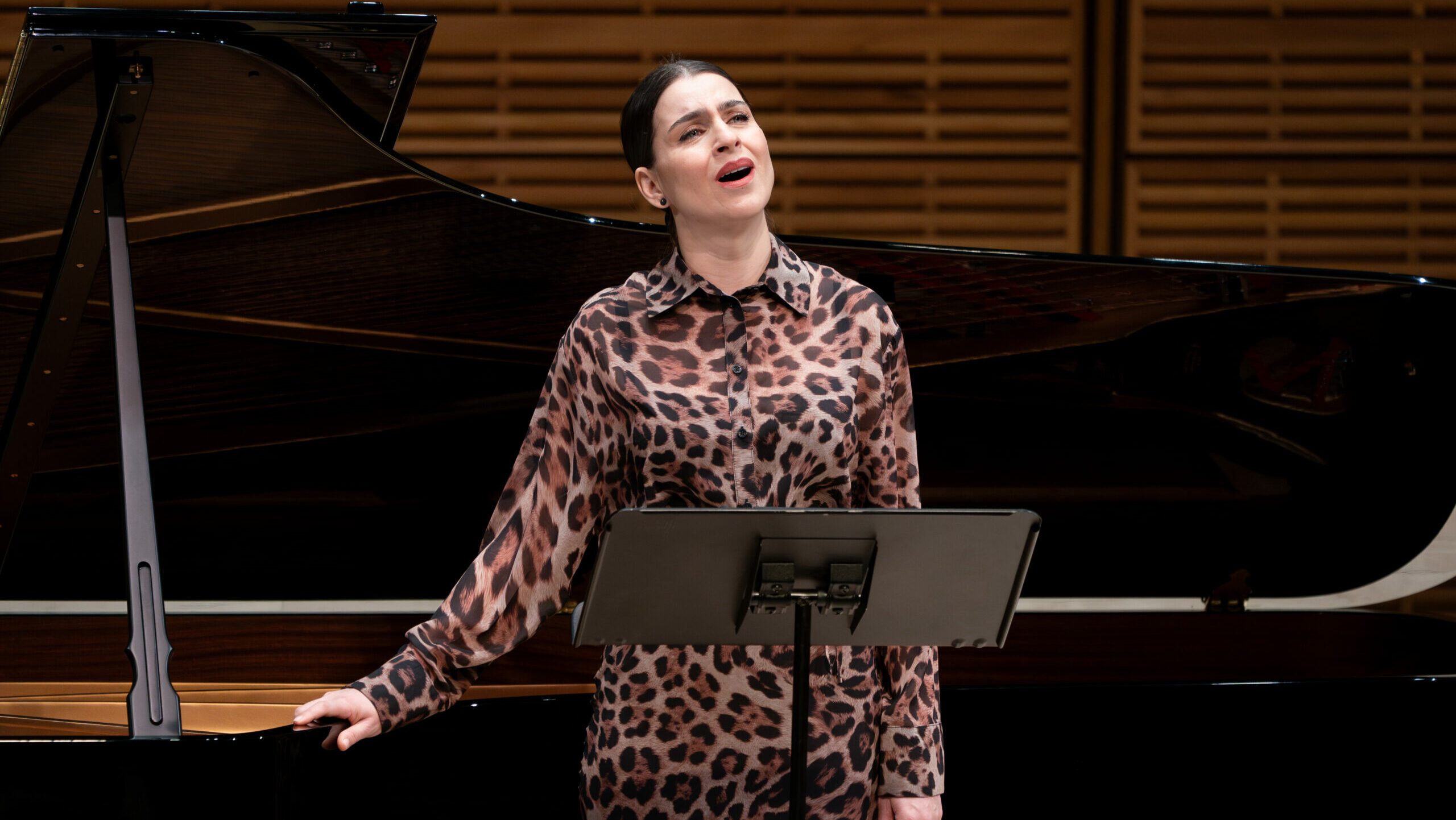













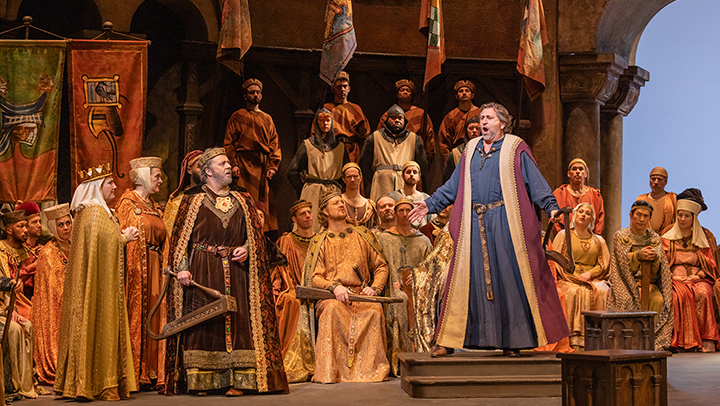
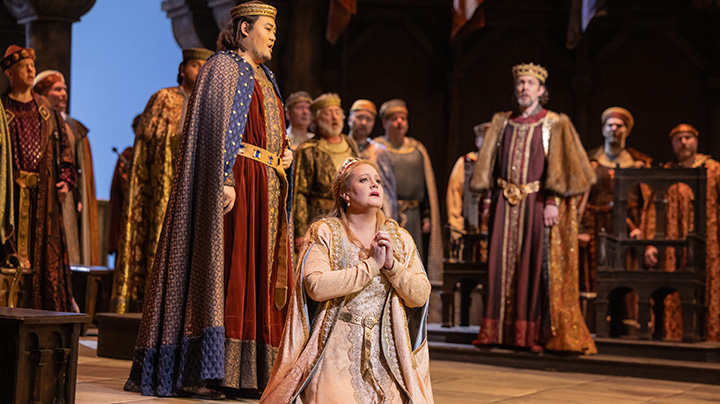
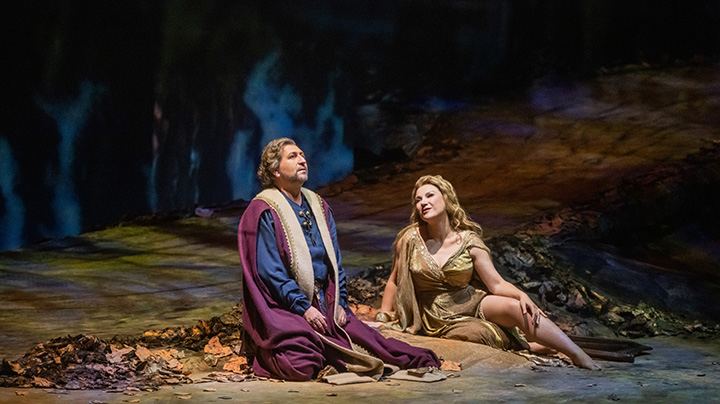




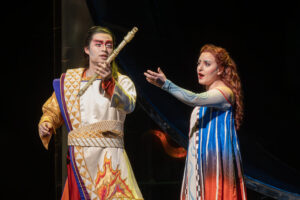

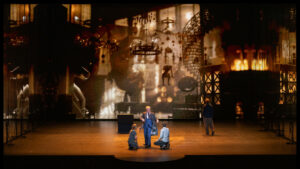
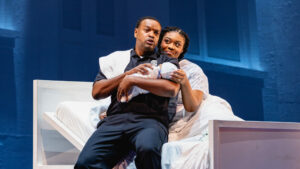



Comments